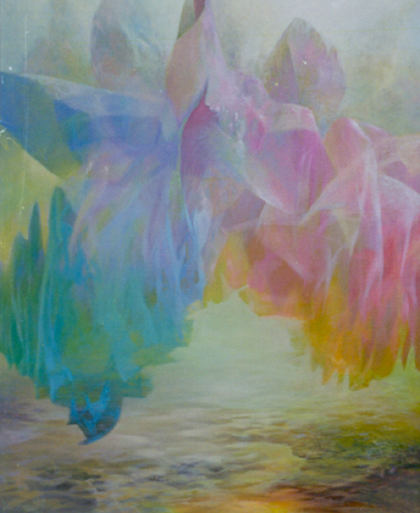The University of Illinois at Urbana-Champaign
DEPARTMENT OF PHYSICS
PHYCS 406
The Acoustical Physics of Music
Professor Steven Errede (3-0074/serrede@illinois.edu)
Lecture: 12:30-1:50 Tu & Th 6105 ESB CRN # 56676
Lab L1: 11am-2 pm Fri 6105 ESB CRN # 56770
Lab L2: 2-5 pm Fri 6105 ESB CRN # 56771
Credit: 4 hrs / 1 Unit

Course Overview/Course Summary:
This course will investigate the physics of all kinds of music and musical instruments,
the generation and propagation of sound waves in various media, and acoustics in general.
Topics covered will include: Sound waves and propagation of sound waves, complex vibrations
and resonance phenomena, perception of sound, tone quality, frequency and pitch, musical
intervals, scales, tuning & temperament, all kinds of musical instruments, all kinds of
music, auditorium and room acoustics, sound transducers, microphones, loudspeakers and
loudspeaker enclosure design.
Course Prerequisites:
Prerequisites: PHYCS 211, 212 and 213/214; or consent of instructor.
Course Goals:
There are multiple purposes associated with teaching this "hands-on" course: